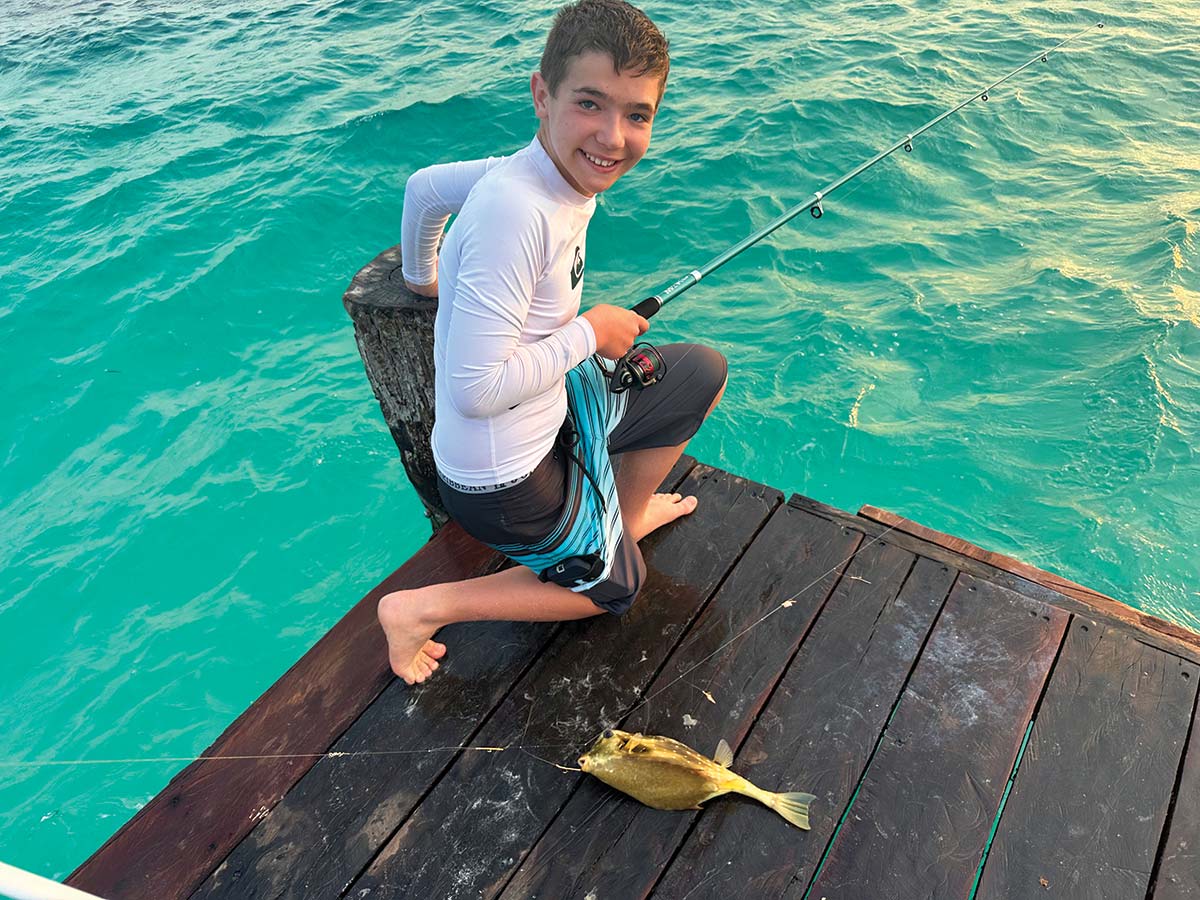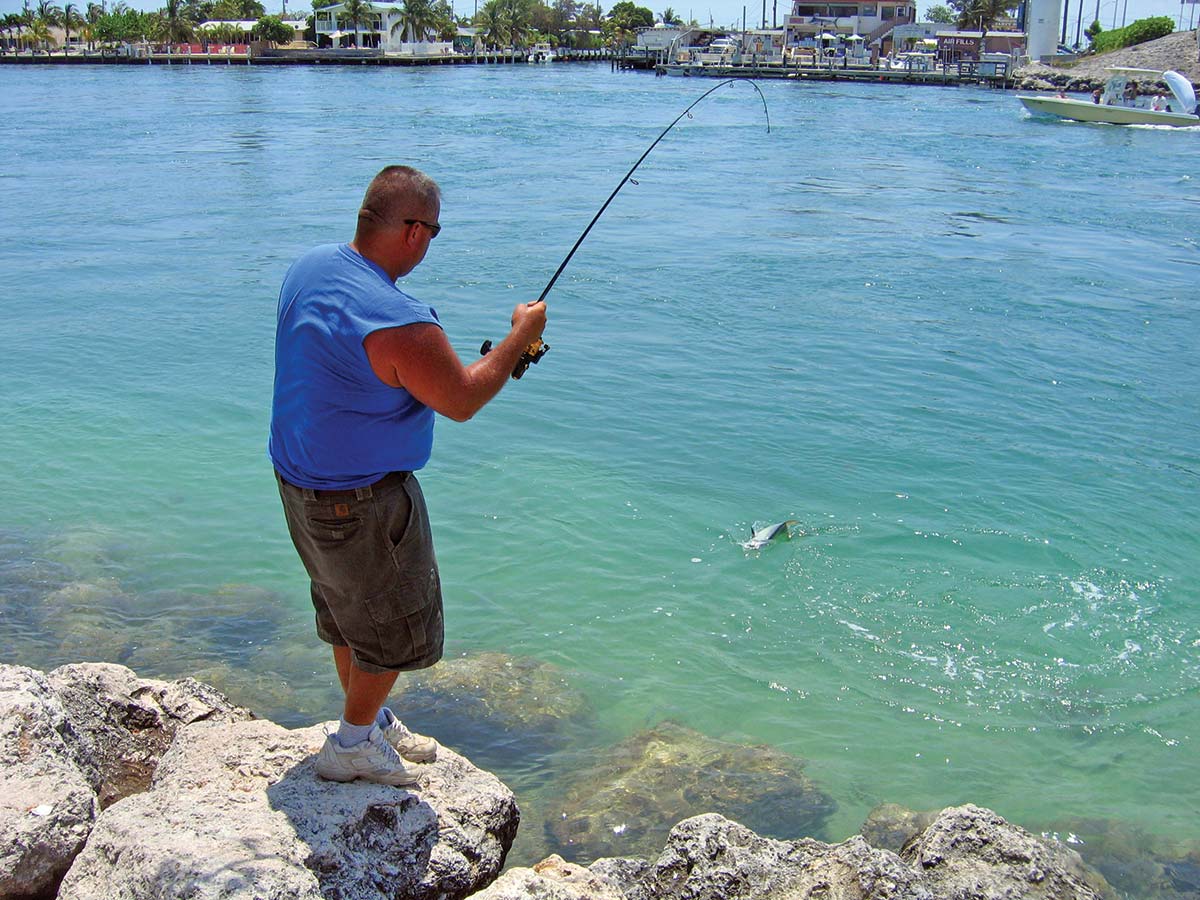
It’s time to start thinking about those away games in warmer winter waters.
Air travel can be stressful! It seems like everyone has stories of delays and cancellations that dampen flying the friendly skies. The airports are jammed and people display a lot of anxiety about getting to their destination without incident.
Traveling fishermen are no different. From tarpon to trout, barramundi and bass, we want to get where the fish we’ve daydreamed about are swimming. But anglers that plan on some do-it-yourself fishing have an additional concern – how carry the rods, reels and tackle.
Every airline that I’m familiar with allows fishing rods and tackle to be flown. To get your gear to the destination it does require planning, flexibility and patience. Many of my recent trips to multiple foreign destinations, plus those of Florida and North Carolina, have all been so-so experiences despite my best efforts. I’m happy to share some tips based on my latest flying circumstances and situations that made transporting my fishing necessities on a plane an adventure in itself.
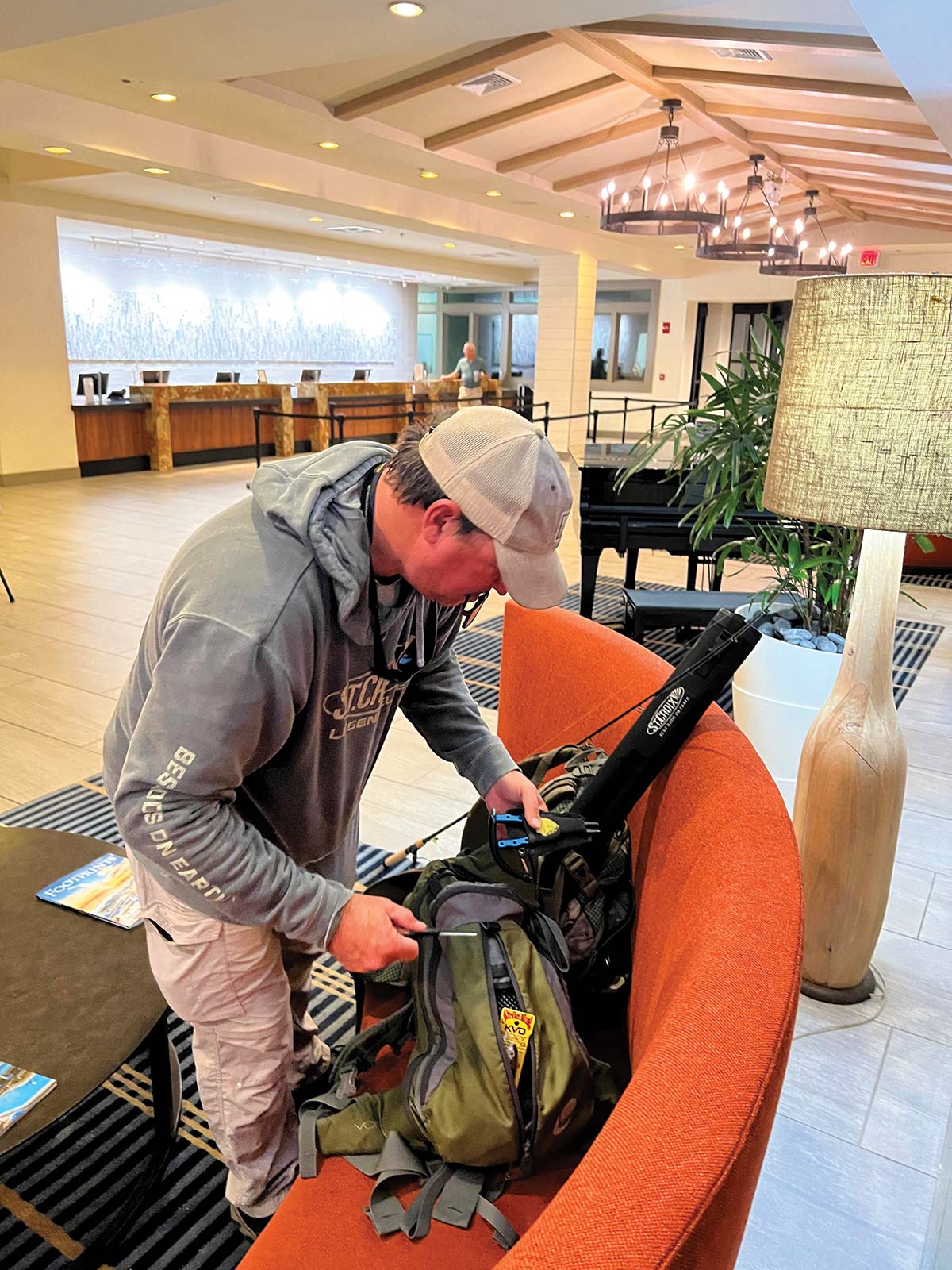
Rods On The Runway
First, anglers should make sure their airline allows fishing rod tubes with substantial length; TSA allows fishing rods and their storage, but each airline has different policies. These rules and parameters, which can be found on each carrier’s website, need your utmost scrutiny. Some procedures are written in plain language while other bullet points are confusing. I’ve even driven over to my local airport to discuss these items prior to flight day.
I highly suggest using tubes made by Plano over the homemade PVC improvisation. The Plano tubes are adjustable and can be altered for individual rod length. Their methods for enclosing and securing the rods in the tube are sound. And, not to be lost, they look professional in a post-9/11 world where items where each piece of luggage is analyzed.
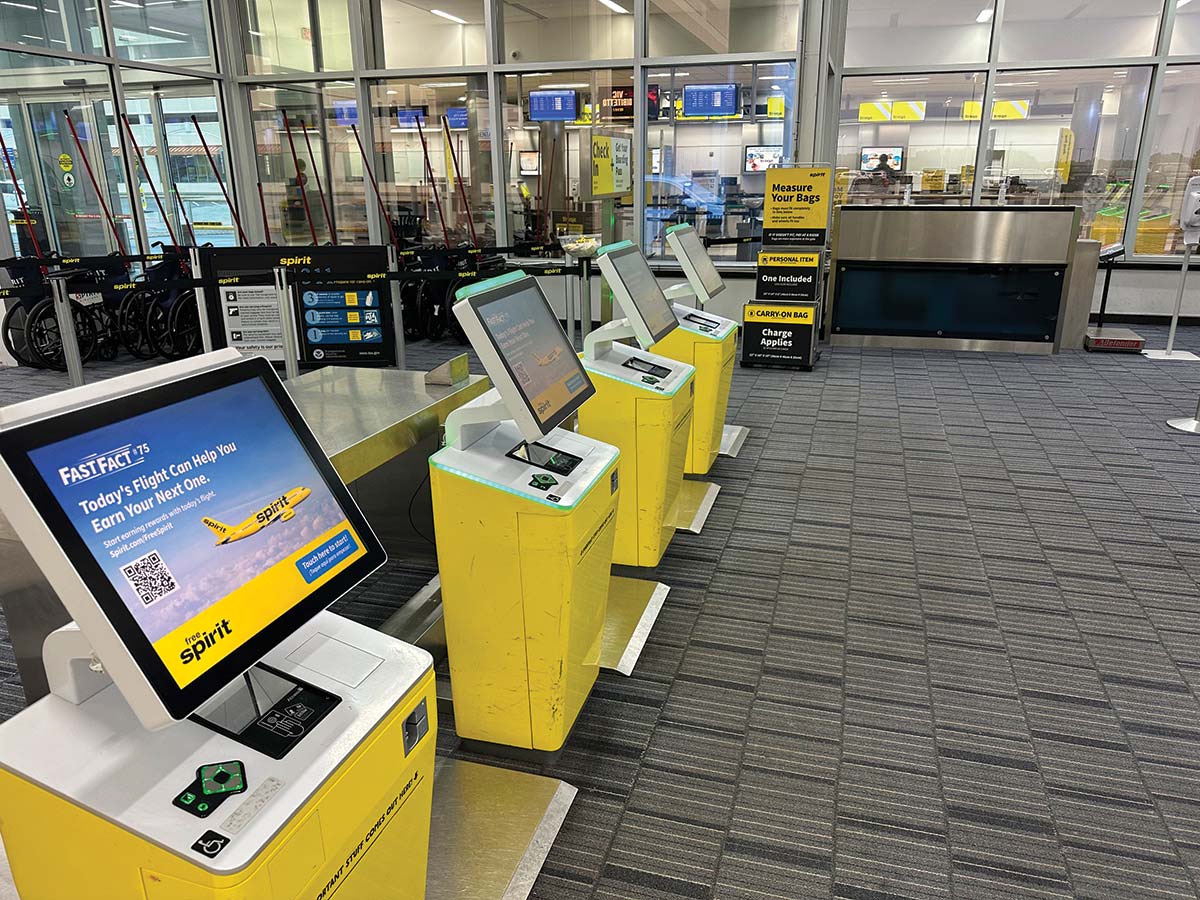
When researching, don’t neglect the price of taking a rod tube. The cost can be extremely expensive since the tubes are considered oversized luggage, and if your flight requires a connection each way, you may get billed for each individual fight. That has only happened to me once. On a recent trip to Florida, the total cost to carry rods was $265.77 to and from my destination. No thanks. I rushed through the airport to take my rod tube back to my vehicle and opted not to take them, but rather buy a few rods in Florida for less than airline price. (Does anyone remember those O.J. Simpson commercials in the 80s with him running through the airport? That was me with my rod tube.)
After arriving and getting car rental in the Sunshine State, I hit a local store and bought three rods. Two were two-piece and one was a sturdier, single-piece rod. When vacation was over, I gave a hotel worker the single piece rod that cost me about $50. My plan was to take the other two through carry-on, and if they disallowed them, oh well, it was worth a try. Sure enough, I was able to carry the two rubber-banded rods on the plane without issue even though they were longer than my carry-on bag.
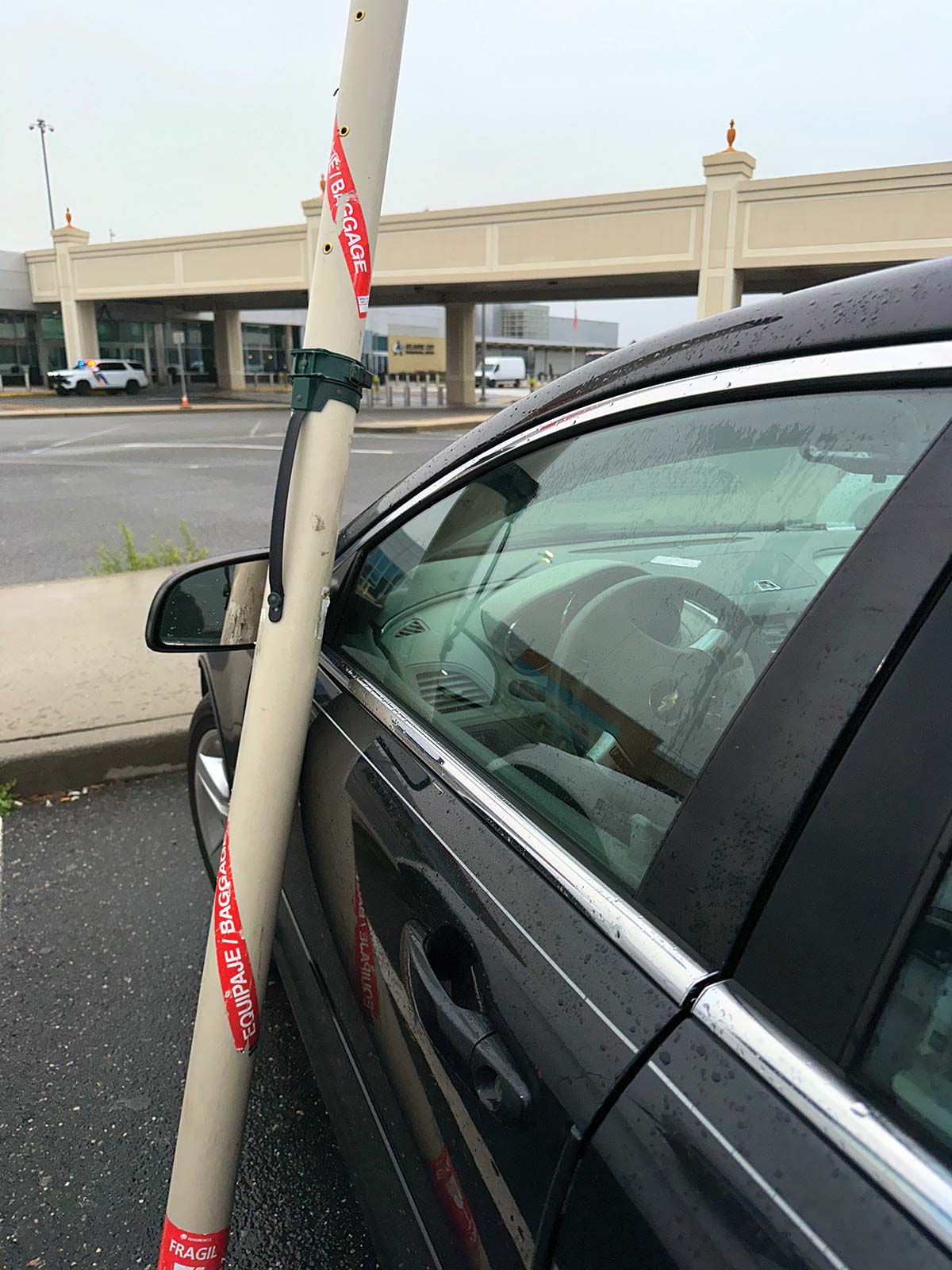
More than half of my recent flights have had my rod tubes arrive the following day! For some reason, the airline folks really struggle to get long tubes on the same plane. They are often placed in a different pile that is intended to make that flight, but for some inexplicable reason, they simply don’t. I surmise that this is because they are separated from the herd of luggage, plus the fact that some of these airline folks act like I’m the first person that ever took fishing rods on a plane! Perhaps I’m just unlucky?
Therefore, I pack a small two-piece rod in my luggage as an “insurance plan.” Obviously, this has to fit in the suitcase in broken down form. Rods that are 5 feet or less usually can fit in a large suitcase. There are plenty of manufacturers now who build travel rods that can fit in your luggage; The Fisherman’s New Jersey editor, Jim Hutchinson, has a couple of Tsunami travel outfits, one which he used in Key West a number of years ago that withstood an hour-long fight with what was estimated to be a 250-pound sawfish (though apparently the reel he was testing didn’t stand up as well!) Hutch says he rolls his rod pieces in a towel for extra protection.
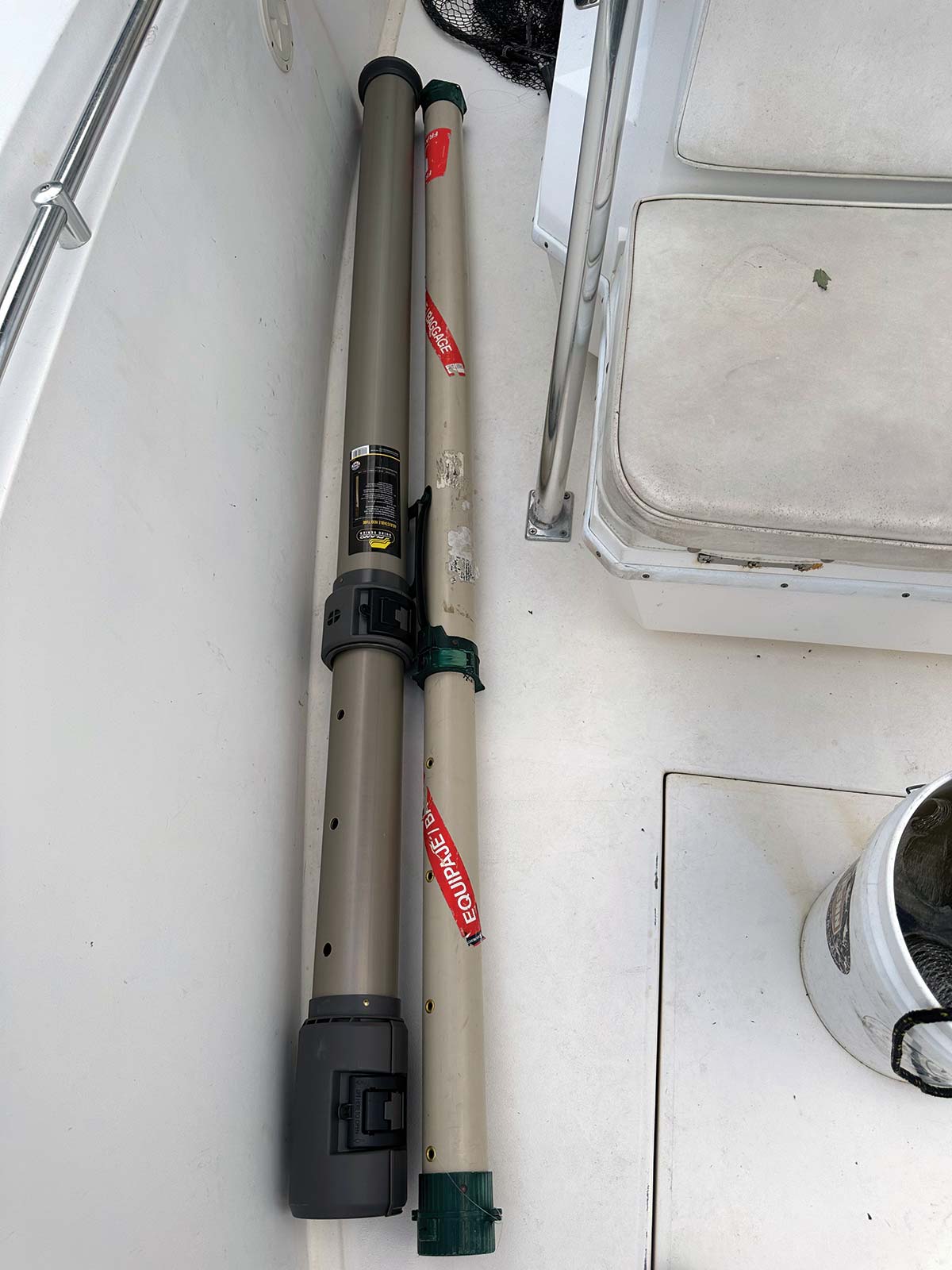
If you’re flying out for a faraway surf destination (think chasing Pacific Coast stripers near San Francisco or Costa Rican cubera) the folks at Okuma offer their four-piece Voyager Signature Surf Travel Rods in 9- and 10-foot models; their three-piece Okuma Rockaway Travel Surf Rods will be out later this year. Daiwa makes their two- and three-piece Saltiga Saltwater Travel Rods for your away games; also keep an eye out for the Daiwa Saltiga G Boat Travel Rods if you plan on renting a boat and chasing down larger game. There’s also the Shimano Convergence D Travel Rods which feature top-notch blank construction for four-piece transportation to wherever your adventures take you.
Another other insurance option is to include a telescoping rod for the suitcase back-up. Marathon makes a fairly stout telescoping rod that easily fits in the suitcase or can be brought as a carry on. Eagle Claw makes proven freshwater options.
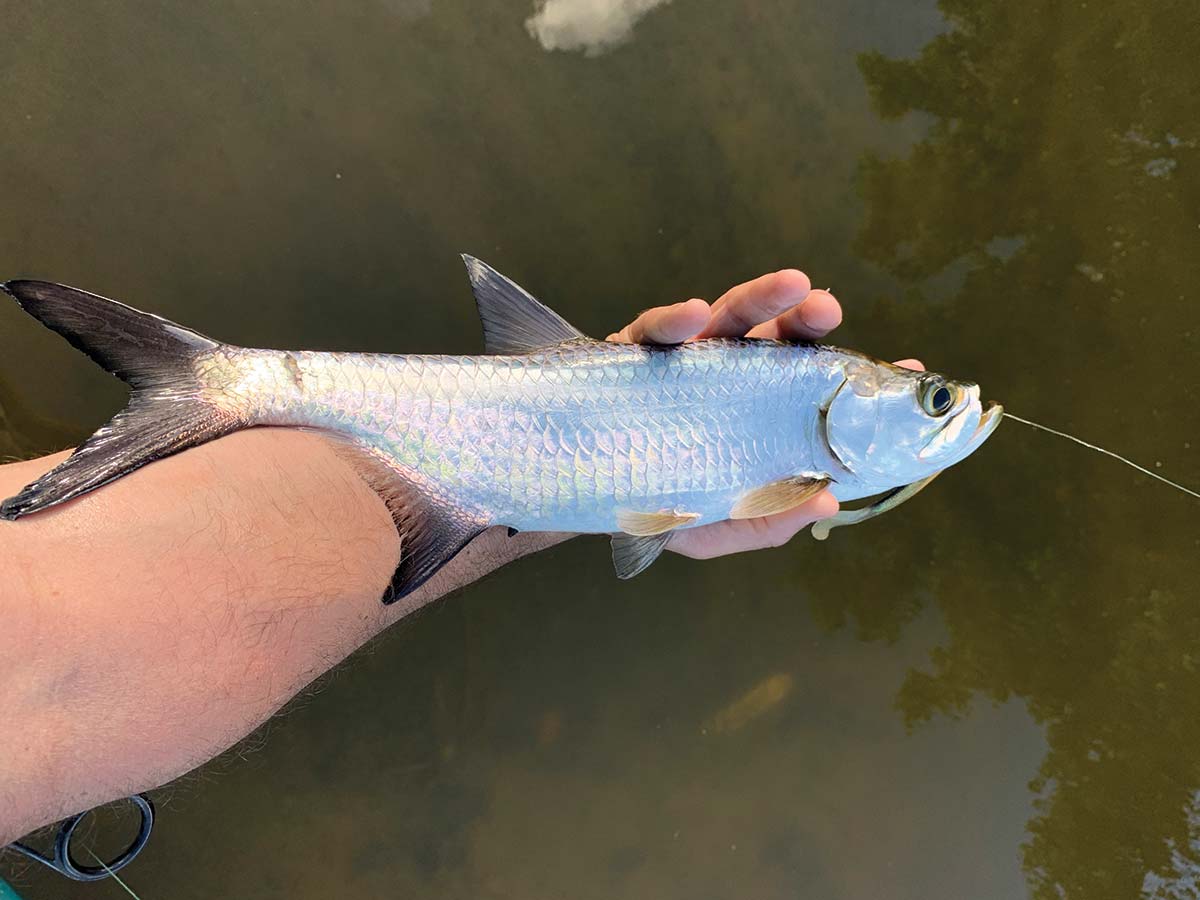
Pick Up & Packing
When it’s time to pick up your rods after arrival, there’s a good chance they will be placed with other obscure luggage. The tubes can be uncooperative on the conveyer belt with the other suitcases. I’ve picked up my rod tube where the strollers are set more than once. I’ve even had to go request my rods at the “help” desk. Other times, the rod tube was placed against a wall. Clearly, upon arrival traveling anglers must be on the lookout for where their fishing rods end up. Assume nothing. It’s important to have your name and address sticker placed in an obvious spot on the tube in case the worst-case scenario occurs and the tube gets sent home. Fortunately, this has never happened to me. Generally, I have to talk to the help desk and give them the resort we are staying at so they can be delivered upon arrival. The time frame of delivery has ranged from that evening to 36 hours later.
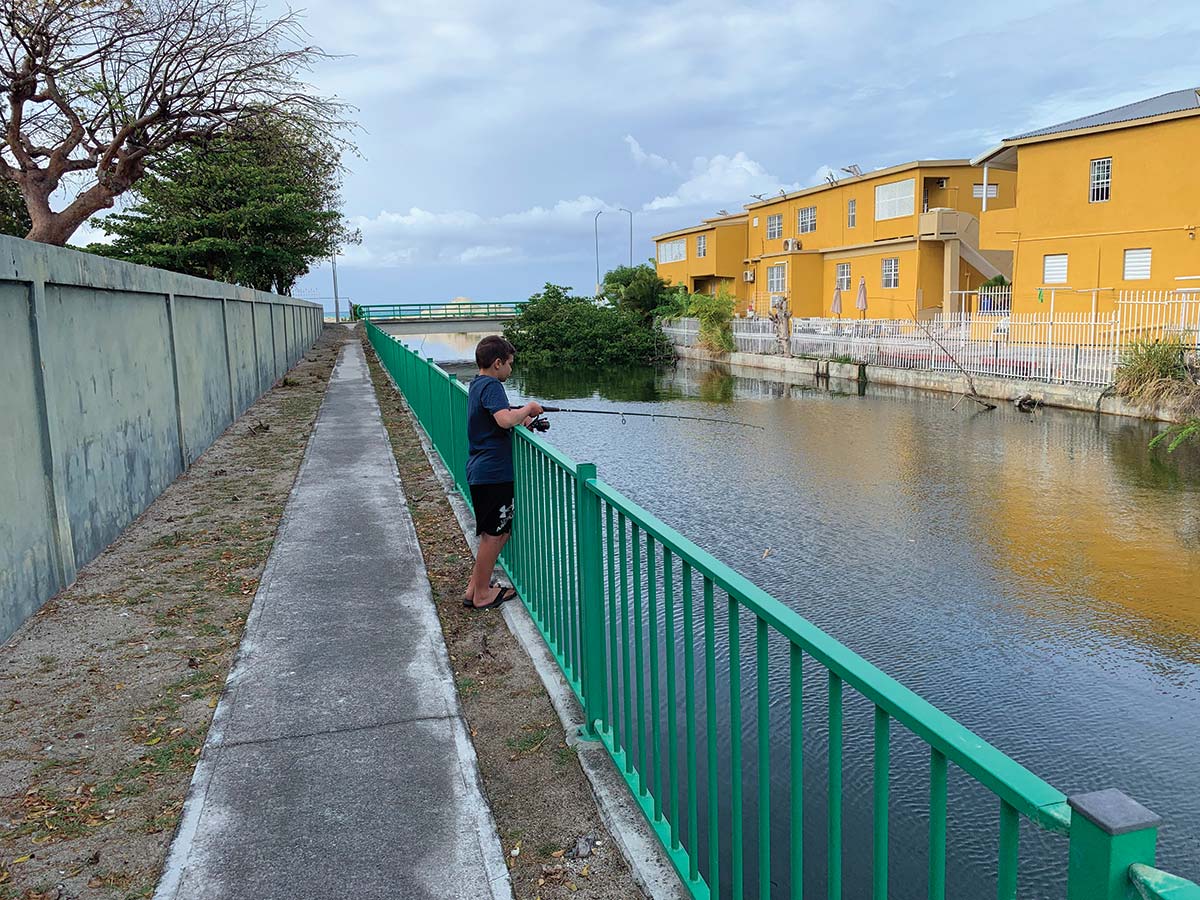
When packing the rod tube, it should be securely closed, but also able to be opened in the event TSA wants to inspect the contents. Thus, when I screw the cap on, I tie a piece of 50-pound monofilament in the holes provided by Plano. This provides security that the top won’t somehow open up, but if a transportation agent has to check the contents they can snip the mono.
I try to take two rods for the primary fishing type I’ll be attempting and then one that fits the “maybe” category – medium, medium/heavy and heavy spinning rods can handle tarpon, snook and other species I plan to stalk and cast to. Then, I take a freshwater rod for ditches, ponds and other surprises that may present themselves with all sorts of small water gamefish. Although the Plano tubes have foam padding at each end of the tube, I always place a pair of socks or boxer shorts that I intend to wear at the ends in order to provide extra cushion.
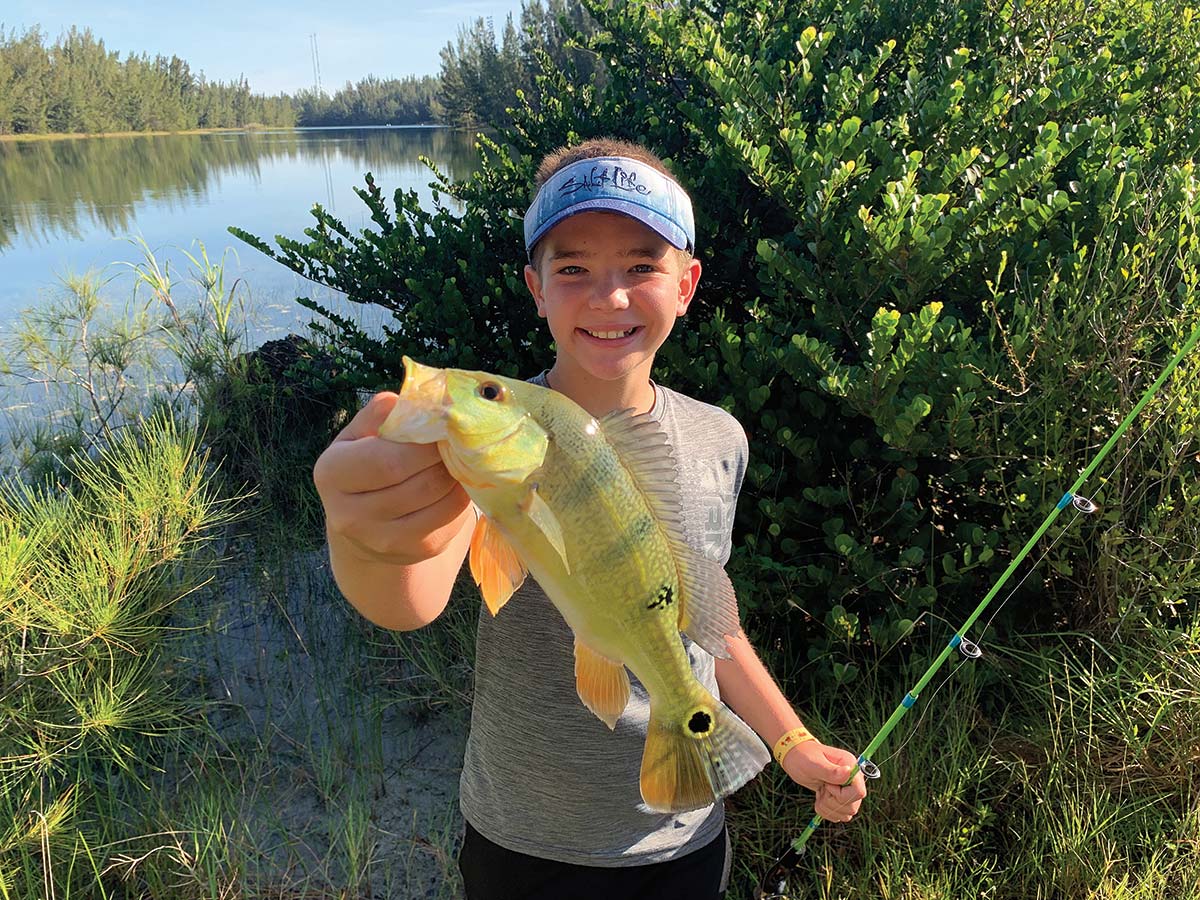
Installing the rods in the tube requires some patience. The guides can interfere with each other thus creating a puzzle type situation. I’ll gently push, pull and alter rods until they align correctly. Emphasis on gently! If I’m paying a premium to bring my rods, I want to pack as many as I can into the tube in case one becomes damaged. But rod guides and tips can get damaged before you leave driveway if the tube isn’t loaded with care. I also take the opportunity to put some extra leader, hooks and lures in the tube. Again, the high shipping price is being paid so why not get a few extras in there and lighten the suitcase a little. Remember hooks and sharp items get flagged as carry-on luggage and must be checked, so it never hurts to get creative! In the event a tackle item is questionable whether it can be carried on or not, then assume the worst and check it. Who wants the extra hassles by the security folks doing their job, many of which wouldn’t know a bluegill from a bluefin.
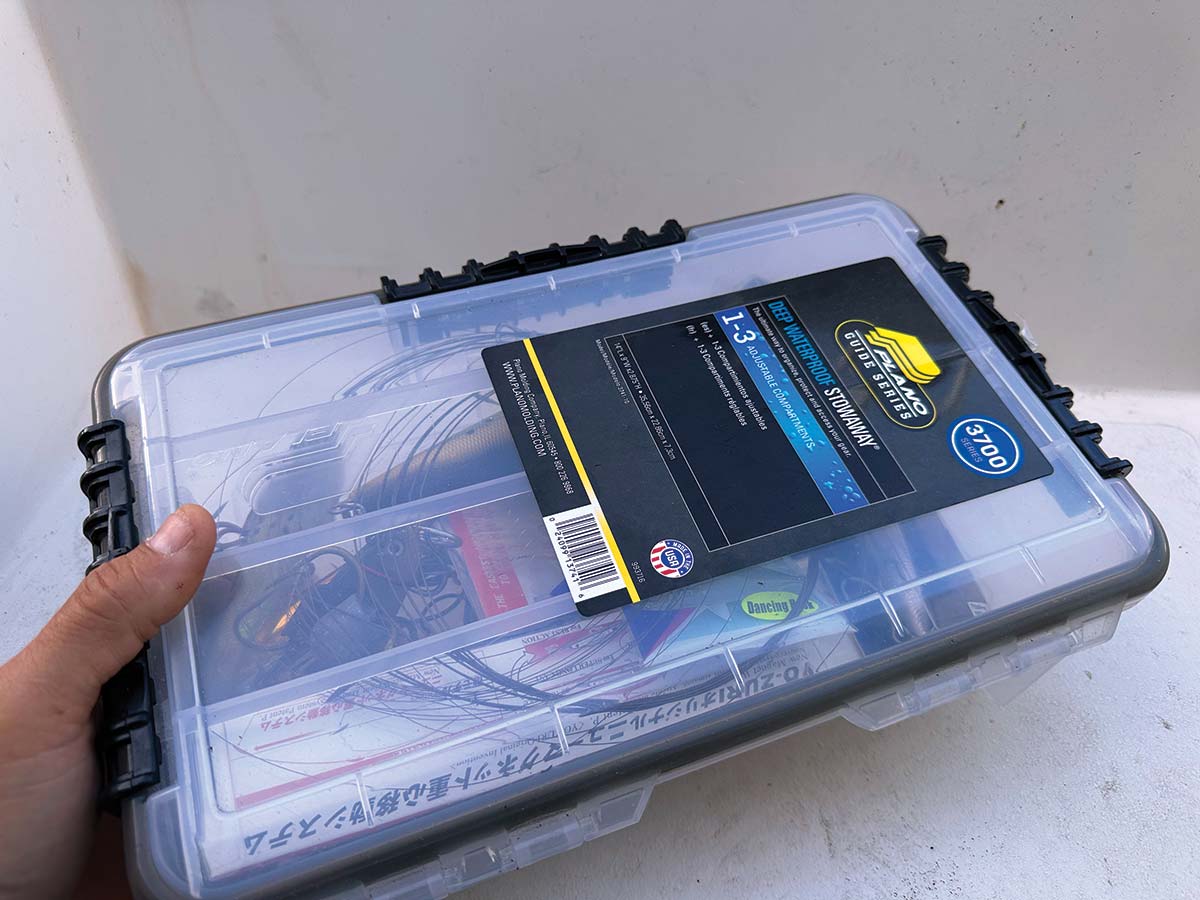
| THE HUMAN ELEMENT |
| Like everyone, I’ve had flights with some extremely unhelpful airline attendees at the counter. They were miserable just being there. The problem was, I needed their assistance so I had to remain patient. Usually, someone who is equally as polite and enthusiastic rescues the unhappy worker and everything works out. It can be a struggle since fishing rod tubes can occasionally throw counter workers off their game. Hopefully, everyone encounters polite and energetic people working for the airlines; however, it’s far from a certainty.
It’s important to remember that the people employed there can cause major hassles for you and your fishing operation if you don’t maintain your cool; lose it and you can get kicked off the flight. It’s an airport and they are in control. I’m not sure if it’s the post-pandemic flying world or the worker shortages that have caused some of the issues at the airports, but I advise preparedness and patience. If you can exercise those two qualities, your rods and tackle will make it where the fish await. – Capt. Scott |
Once the rods are squared away, anglers need to figure out what reels and tackle to bring. With weight limitations and extra fees, it’s essential to only take what’s needed. I generally carry four reels and make sure they have ample line capacity. This is not the time to go ultra-light if a few more ounces of reel provide backing to stop a gamefish fleeing at freight train speed. The extra yards are of more value than less weight while out of town. I definitely bring several reels on my person as part of the carry-on to ensure I can fish immediately. Again, luggage delays are part of air travel. Prepare for the worst!
Beyond hooks, swivels and leader, I bring an array of lures that will catch my target. Some topwaters, paddletails, shiny spoons, jigs and Berkley Gulp are standard. Furthermore, I always bring a few Sabiki rigs to catch bait or play with dockside exotics. My travel trips are family and fishing hybrids so my boys actually enjoy catching and releasing a species smorgasbord in the tropics. These are all checked items that reside in a hard Plano storage container. Moreover, I like the Plano 3700 and Edge series utility boxes for transporting my tackle safely and within my suitcase.
If the destination is domestic and provides access to tackle shops or sporting goods stores, then anglers can pick up additional terminal tackle on location. In fact, purchasing a few lures allows anglers to grab some local knowledge from the shop owner or patrons. If the trip is to a secluded or third-world locale, then obviously there is less room for error with what’s brought on the plane.
